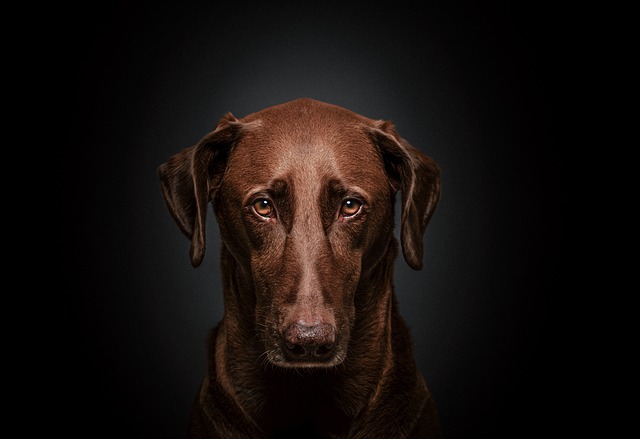
How to guide your dog to urinate and defecate outside?
Puppy pads scattered across the kitchen, a surprise pile behind the couch, the frantic scramble to clean before guests arrive—house-training struggles feel universal.
Watching your beloved pup develop frustrating habits like chewing shoes, barking at shadows, or jumping on guests can leave you feeling exasperated. But effective correction isn't about dominance or punishment—it's about compassionate guidance rooted in modern behavioral science. Think partnership, not dictatorship. Understanding the why behind the behavior is your first step to building a happier, better-mannered companion while respecting evolving animal welfare standards across the US, EU, and UK.
Rule out pain or illness immediately. Sudden behavioral changes often signal an underlying medical issue. A dog snapping when touched might have undiagnosed arthritis; accidents indoors could indicate a urinary tract infection. Visiting your vet isn't just responsible—it's often a legal requirement under animal welfare legislation like the UK's Animal Welfare Act, ensuring you address the root cause ethically and safely. Never attempt to correct a behavior that stems from discomfort.
Master the power of prevention. Manage your dog's environment to stop rehearsing bad habits. Use baby gates to block off rooms with tempting items, keep shoes in closets, and provide appropriate chew toys before boredom strikes. For leash reactivity, increase distance from triggers during walks. Prevention isn't giving up; it's strategically setting your dog up for success while you work on long-term solutions. This proactive step aligns with "duty of care" principles in animal welfare laws.
Focus on teaching, not scolding. Instead of yelling "No!" when your dog jumps, reward calm greetings with all four paws on the floor. If they bark at the window, teach a solid "Quiet" cue followed by a high-value treat. Redirect inappropriate chewing by enthusiastically praising them for using their designated bone. Positive reinforcement builds trust and motivation, replacing unwanted actions with desirable ones—this is the gold standard endorsed by leading veterinary behaviorists.
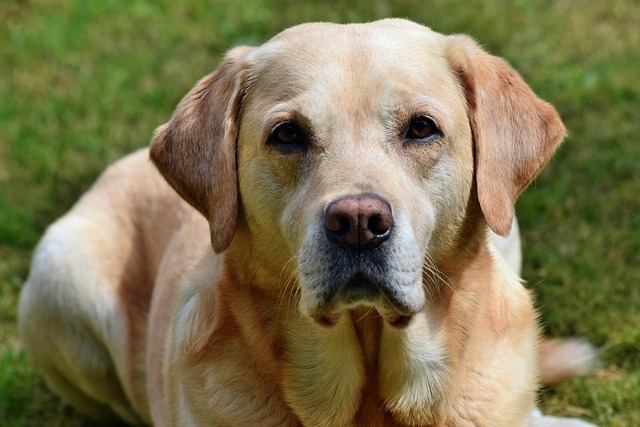
Consistency is your secret weapon. Everyone in the household must respond identically to behaviors. If jumping earns attention from one person but gets ignored by another, your dog stays confused. Use clear, simple cues and reward instantly (within 1-2 seconds) for desired actions. Keep sessions short, positive, and end on success. Patience is non-negotiable; behavior change takes repetition and time, reflecting responsible commitment.
Understand the emotional trigger. Is that incessant barking driven by fear, boredom, or alerting? Does separation anxiety fuel destructive chewing? Addressing the underlying emotion—through desensitization, increased enrichment, or confidence-building—is crucial for lasting change. Force-free methods avoid creating fear or anxiety, complying with bans on aversive tools like shock collars in Germany, Austria, Quebec, and parts of California.
Know your local rules and community impact. Excessive barking may violate noise ordinances; uncontrolled dogs in parks risk fines. Training isn't just for your home—it ensures public safety and good neighbor relations, especially in shared housing. Leash laws exist widely; respecting them demonstrates responsible ownership. Consider professional help (look for CCPDT, IAABC, or KPA certifications) for complex issues like aggression or severe anxiety, ensuring community safety.
Embrace the journey. Setbacks happen. Celebrate small victories—a calm greeting, a quiet moment when the doorbell rings. Your bond deepens through this patient, understanding approach. By prioritizing veterinary insight, prevention, positive reinforcement, and emotional awareness, you don't just correct behavior; you build a joyful, trusting relationship within the framework of modern, humane pet care. Ready to start?

Puppy pads scattered across the kitchen, a surprise pile behind the couch, the frantic scramble to clean before guests arrive—house-training struggles feel universal.

It’s a familiar morning scene for many new dog owners: you walk into the kitchen to find your pup’s nose buried in the trash can, cereal boxes torn open and banana peels scattered across the floor.
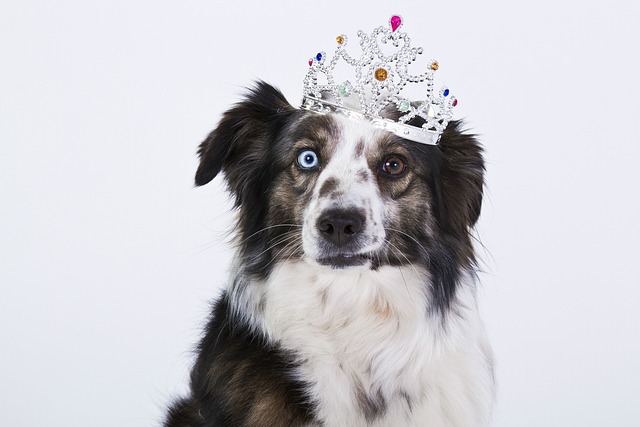
Watching a tiny Yorkie or Chihuahua dart toward the door instead of squatting on the rug feels like a win—but getting there takes time, and every pup moves at their own pace.
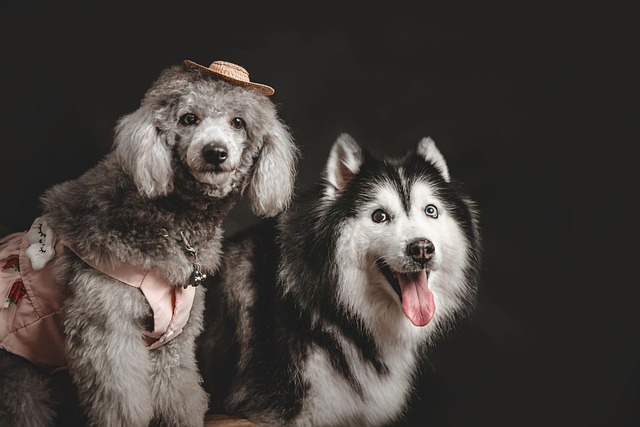
Puppies have tiny bladders, and when you live in an apartment with no yard or during harsh winters that make outdoor trips tricky, indoor potty training becomes a necessity.
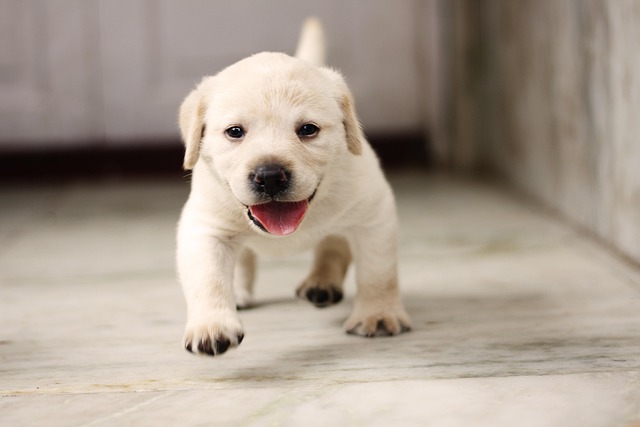
Many new dog parents see agility videos—dogs zipping through tunnels, leaping over hurdles—and think, “We could never do that at home.”
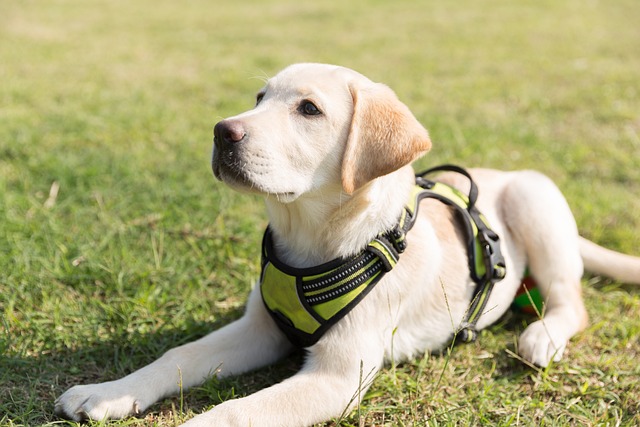
Ever called your dog in the park, only for Fido to pretend he’s suddenly deaf? Or struggled to get him off the sofa when guests arrive? You’re not alone.